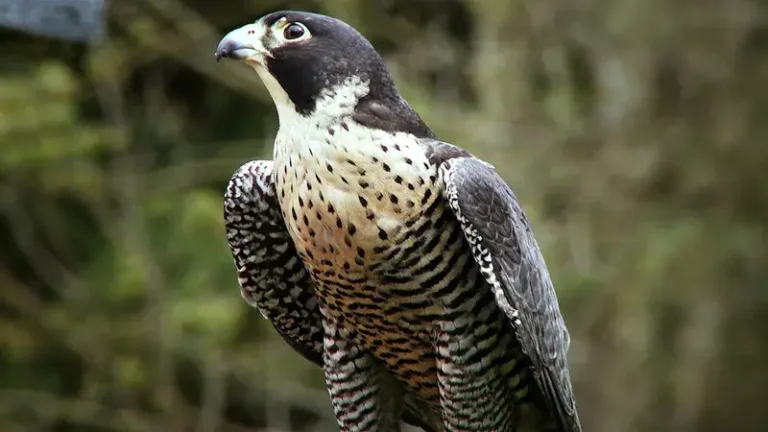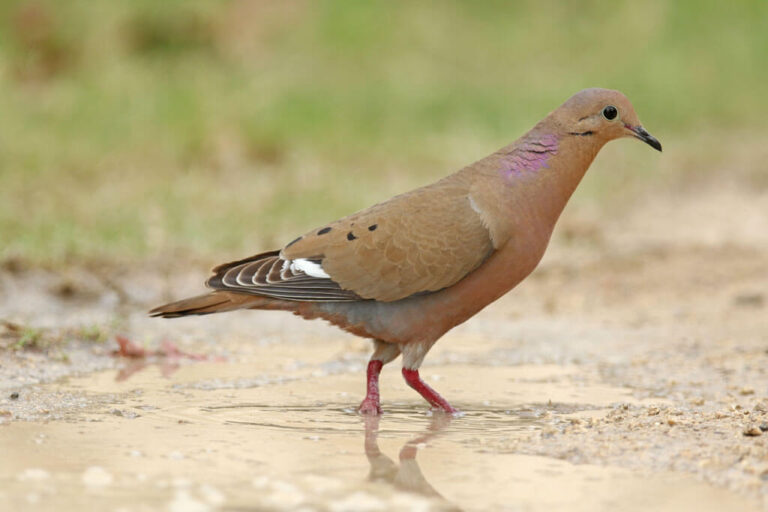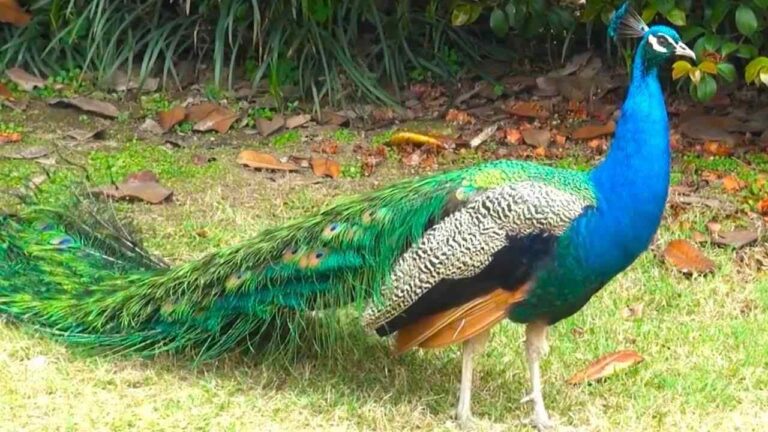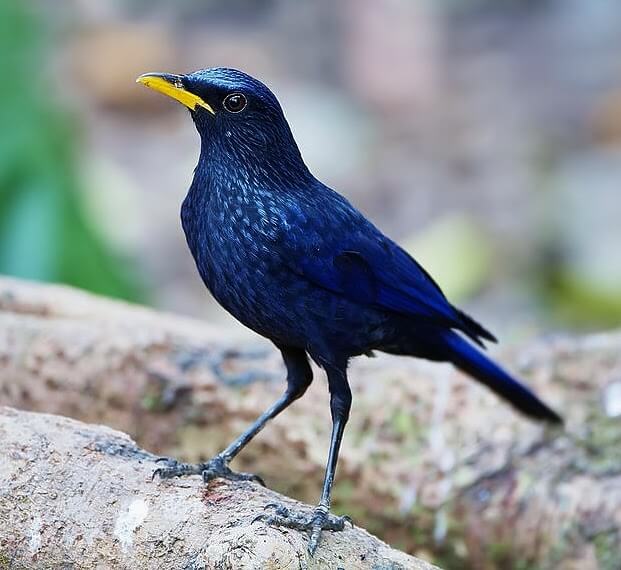Uguisu (Japanese Bush Warbler): In-Depth Overview
The Uguisu, or Japanese Bush Warbler (Cettia diphone), is a small bird native to Japan and surrounding East Asian countries. Known for its distinct and melodious song, the Uguisu has deep cultural significance in Japan, symbolizing spring and renewal. This article will delve into the scientific classification, physical characteristics, habitat, behavior, diet, reproduction, predators, conservation status, evolutionary history, interesting facts, and the bird’s relationship with humans.
Contents
Scientific Classification
- Kingdom: Animalia
- Phylum: Chordata
- Class: Aves
- Order: Passeriformes
- Family: Cettiidae
- Genus: Cettia
- Species: Cettia diphone
The Uguisu belongs to Cettiidae, a group of singers primarily found in Asia. While it is most famous in Japan, the bird is also found in other parts of East Asia, including China, Korea, and Taiwan.
Physical Characteristics

- Size: The Uguisu is a relatively small bird, measuring between 14 to 16 cm (5.5 to 6.3 inches) in length.
- Weight: It typically weighs around 15 to 22 grams (0.5 to 0.8 ounces).
- Coloration: The bird’s plumage is generally olive-brown with a paler underbelly. It lacks the vivid coloration of other birds, which helps it blend into its environment.
- Distinctive Features: The Uguisu is best known for its loud, beautiful song, which is often associated with the coming of spring. Its call is often described as a high-pitched, whistle-like “ho-hokey,” especially popular in Japanese poetry and culture.
Habitat
The Uguisu inhabits a variety of environments across East Asia. It thrives in forested regions, bamboo groves, and shrublands but can adapt to urban parks and gardens. In Japan, it is commonly found in lowland forests during the breeding season and in higher altitudes or warmer coastal areas during the winter.
Preferred Habitats:
- Temperate forests
- Dense shrubland
- Bamboo thickets
- Urban gardens and parks
Behavior

Vocalization
One of the most prominent aspects of the Uguisu’s behavior is its melodious song. The male bird sings loudly to attract mates and establish its territory, and this song is often heard at the beginning of the spring season. In Japanese culture, the song of the Uguisu is seen as a harbinger of the warmer months.
Social Behavior
The Uguisu is a shy, solitary bird that often hides in dense vegetation. Despite its distinctive call, it prefers to keep a low profile, making it difficult to spot.
Diet
The diet of the Uguisu consists mainly of insects and small invertebrates, particularly during the breeding season when protein is essential for raising young. They also feed on spiders, larvae, and occasionally small fruits and seeds, particularly in the colder months when insects are scarce.
Common Foods:
- Insects (flies, beetles, caterpillars)
- Spiders
- Small fruits (especially in winter)
- Seeds
Reproduction
The breeding season for the Uguisu typically begins in early spring. Male Uguisus sing to attract mates, and once paired, the female constructs a nest, usually hidden in dense shrubbery or tall grasses.
Reproductive Facts:
- Nesting: The nest is a cup-shaped structure built from grass, moss, and twigs, often placed low to the ground.
- Clutch Size: Females lay between 3 to 5 eggs.
- Incubation Period: The eggs are incubated for 12 to 14 days before hatching.
- Fledging: The chicks leave the nest within 10 to 14 days of hatching, though they remain dependent on their parents for food and protection for several weeks.
Predators
The Uguisu faces threats from a variety of predators. Ground-nesting makes it vulnerable to terrestrial predators like snakes, rodents, and sometimes larger birds. Domestic cats also pose a threat, especially in urban and suburban areas.
Natural Predators:
- Snakes
- Larger birds (e.g., crows)
- Small mammals
- Domestic cats (in urban areas)
Conservation Status
According to the IUCN Red List, the Uguisu is classified as a species of Least Concern due to its wide range and stable population. It is not considered endangered, but habitat loss from urbanization and deforestation could pose future risks to certain populations.
Interesting Facts
- Cultural Symbol: In Japan, the Uguisu is known as the “harbinger of spring” due to its early spring song, often appearing in haiku and traditional poetry.
- Song Training: Some regions in Japan have competitions to see which Uguisu can sing the most beautiful or accurate version of their iconic song.
- Nickname: The bird is sometimes called the “Japanese Nightingale,” though unrelated to the true nightingale.
Evolutionary History
The Uguisu belongs to the Cettiidae family, which includes small insectivorous birds native to the Old World. The evolutionary history of the Uguisu shows adaptations to various environments, particularly temperate forest and shrubland habitats. It has evolved a cryptic coloration that aids in avoiding predators, and its unique song likely developed as a means of communication in dense vegetation where visual signals are less effective.
Relationship with Humans
The Uguisu is special in Japanese culture, often featured in literature, poetry, and traditional art. Its song is a central part of the aesthetic appreciation of spring. However, the bird is shy and elusive, rarely seen, which adds to its mystique in human culture.
Cultural Significance:
- In Poetry: The Uguisu’s song is mentioned frequently in classical Japanese poetry and literature, symbolizing beauty, grace, and renewal.
- In Gardens: In urban Japan, gardens are often designed to attract the Uguisu, with carefully placed shrubs and bamboo thickets to offer the bird a haven.
Conclusion
The Uguisu, or Japanese Bush Warbler, is more than just a small, brown bird. Its beautiful song heralds the arrival of spring and plays a vital role in Japanese culture. While it remains widespread and not under immediate threat, understanding its ecological needs, behavior, and relationship with humans highlights the importance of conservation efforts. The Uguisu stands as a symbol of the delicate balance between nature and human culture, a reminder of the beauty surrounding us.
- Are Rottweilers Good With Kids? Reasons & Training Tips - 17 September 2025
- How Long Are Dogs Pregnant: Complete Guide - 16 September 2025
- German Shepherd Doberman Mix: Info, Pictures, Care & More - 11 September 2025







